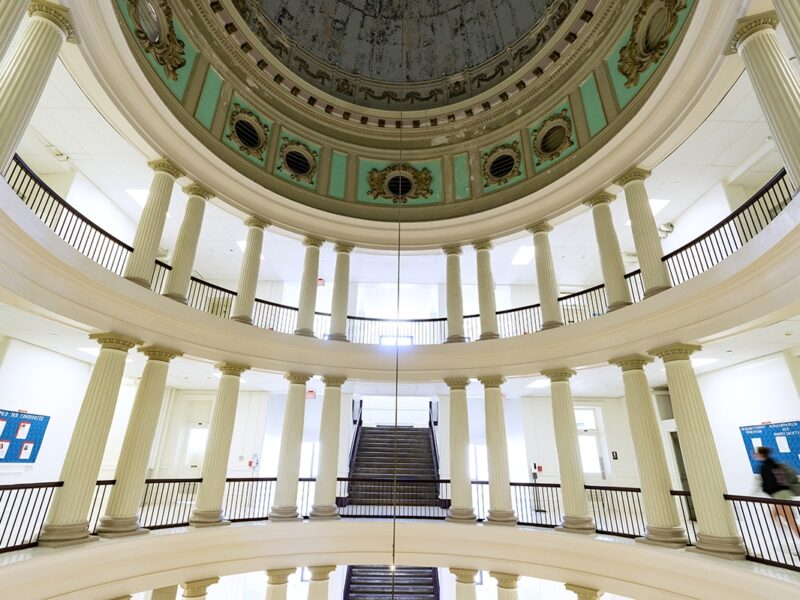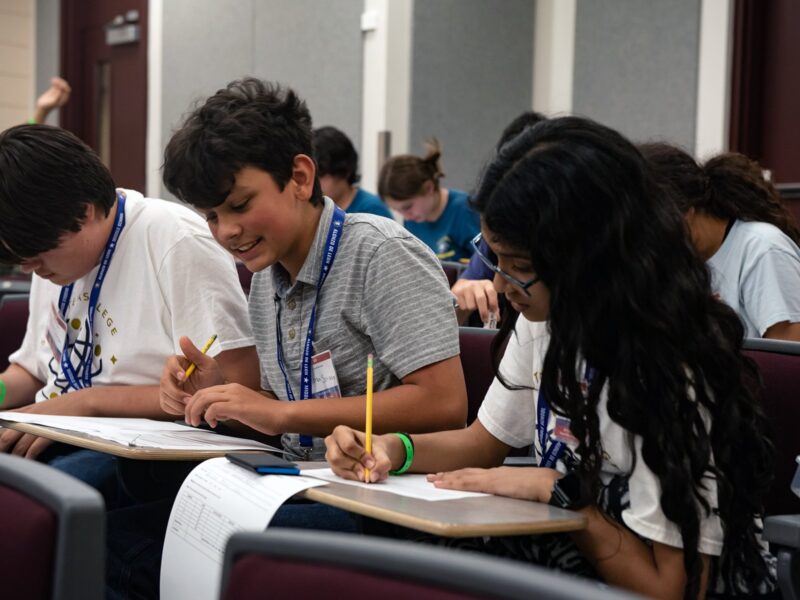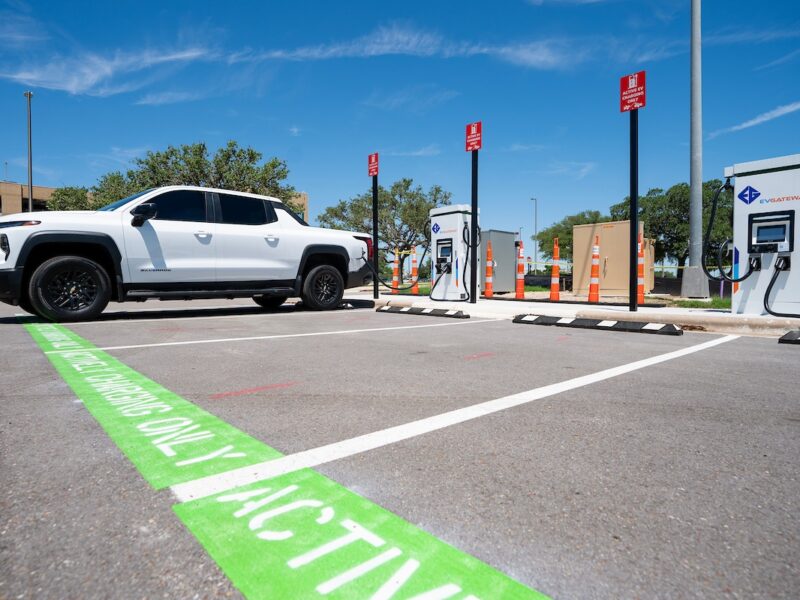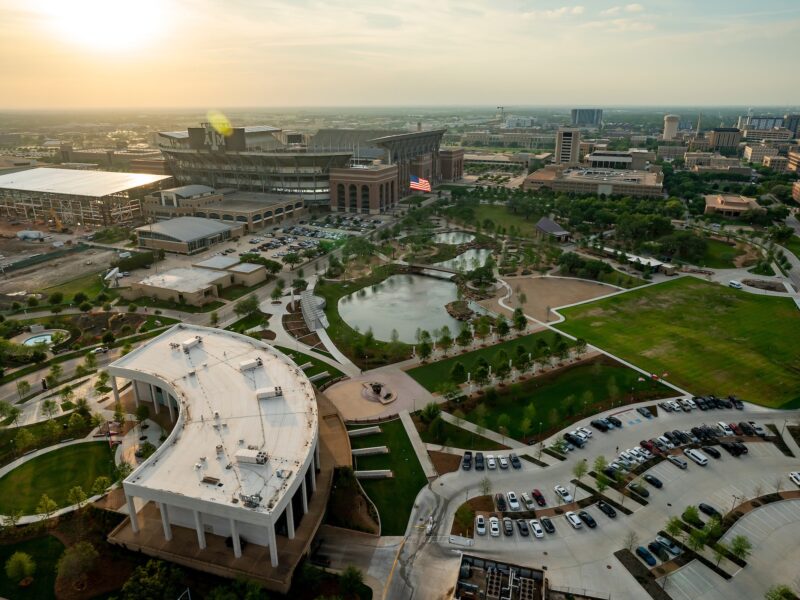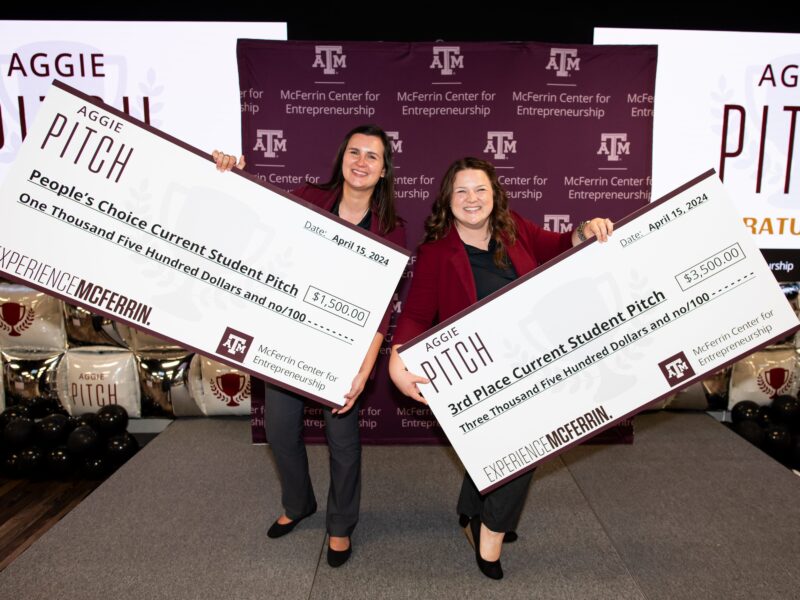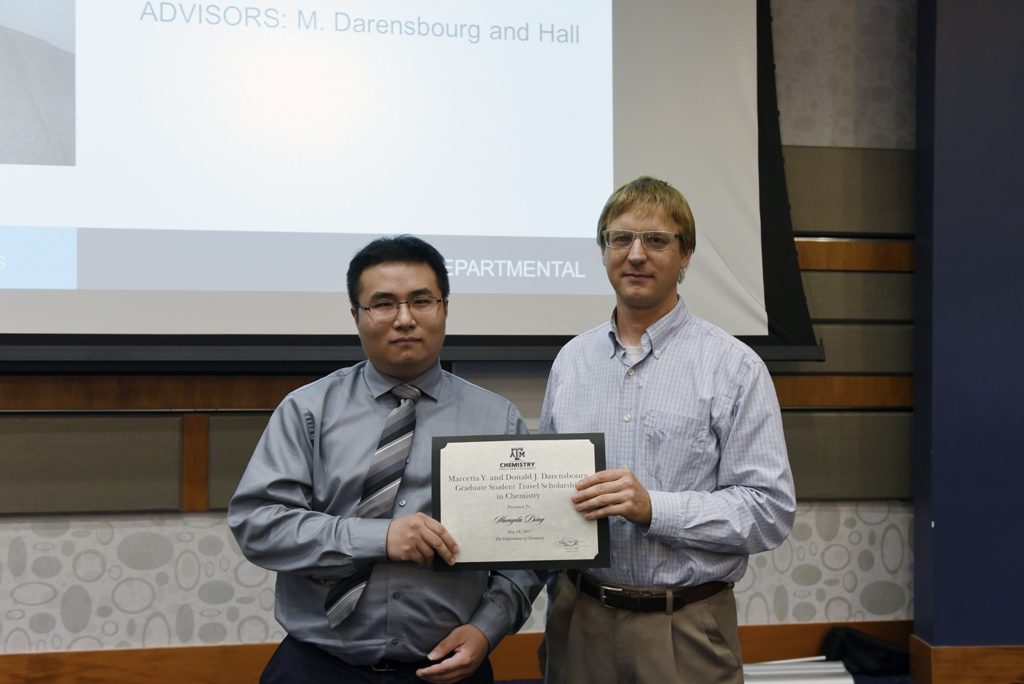
Summer is the season for travel, and one Texas A&M University student is on the trip of a lifetime this week in the company of some of the world’s scientific elites.
Chemistry graduate student Shengda Ding ’16 arrived Saturday, June 24, in Lindau, Germany, for the 67th Lindau Nobel Laureate Meeting, which runs through Friday, June 30, and is dedicated to chemistry.
Once every year, around 30 Nobel laureates convene in the island city of Lindau to meet the next generation of leading scientists: hundreds of undergraduates, doctoral students and postdoctoral researchers from all over the world. The Lindau Nobel Laureate Meetings are designed to foster a peaceful exchange between scientists of different generations, cultures and disciplines.
This year, Ding is one of 420 international students selected by the scientific review panel of the Council for the Lindau Nobel Laureate Meetings to participate in the prestigious scholarly gathering featuring 28 Nobel laureates and guests from approximately 80 countries. Only the most qualified young scientists are given the opportunity to enrich and share in the unique atmosphere of the Lindau Nobel Laureate Meetings, according to Ding’s official invitation.
While in Lindau, Ding will have the opportunity to take in Nobel laureate lectures and be exposed to master classes, academic dinners and both roundtable and panel discussions on a variety of topics, from public policy and ethics to the latest in emerging avenues of scientific exploration. The event will conclude Friday with an all-day tour of Mainau Island highlighted by a science picnic hosted by the Ministry of Science, Education and the Arts, State of Baden-Württemberg.
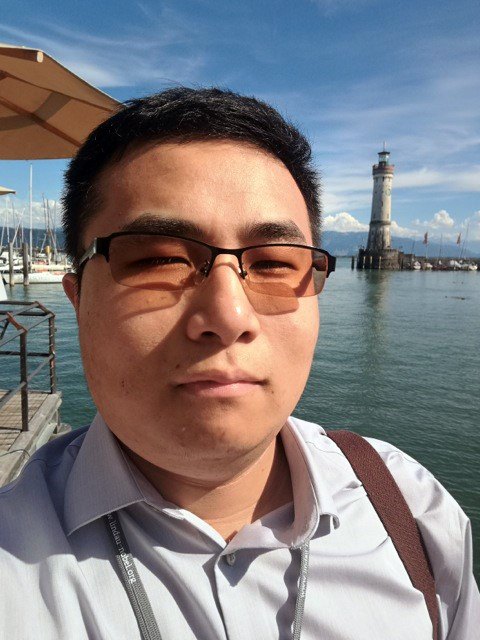
“It is a wonderful opportunity for a young scientist to meet Nobel laureates and have rich discussions all week about all facets of science and its global importance,” said Dr. Marcetta Y. Darensbourg, Texas A&M distinguished professor of chemistry.
Since coming to Texas A&M in 2012 in pursuit of his doctorate in chemistry, Ding has been a member of not one but two Texas A&M Department of Chemistry research groups: Darensbourg’s and Dr. Michael B. Hall’s.
Within Hall’s group, Ding works on developing theoretical and computational techniques to analyze electronic structure problems in complex electrochemical processes that define a deceptively simple reaction: the combination of electrons and protons to make hydrogen. This is the basis of nature’s fuel cells – hydrogen-processing enzymes – as well as synthetic catalysts that are inspired by the little inorganic centers of the biocatalysts. The key features of the synthetic catalysts prepared in the Darensbourg group are tied together by computational studies in the Hall group.
“Using his computer as his laboratory, Shengda has provided synergy that connects synthesis, structure, spectroscopy and electrochemistry into a hypothesis that guides our understanding about how these molecules make hydrogen, thus advancing the chemistry in this important area,” Hall said.
En route to the Lindau meeting, Ding made a stopover in Mülheim, Germany, where he was hosted by collaborators at the .
Shortly after World War II, Count Lennart Bernadotte, a member of the Swedish royal family, first conceived the idea of having Nobel laureates meet with young researchers to discuss peaceful uses of science at Lindau, an island near his home on Mainau.
Since 1951, the Lindau meetings have been jointly organized by the Council and Foundation in cooperation with more than 200 of the most renowned science and research institutions worldwide. In the majority of cases, the young scientists in attendance are nominated by these academic partners in order to apply for participation.
Follow the Lindau Nobel Laureate Meetings on Twitter, Facebook or the official blog.
Learn more about graduate studies in Texas A&M Chemistry at http://www.chem.tamu.edu/graduate/.
###
This story is posted on Texas A&M Today
Media contact: Shana K. Hutchins, (979) 862-1237 or shutchins@science.tamu.edu, Dr. Marcetta Y. Darensbourg, (979) 845-5417 or marcetta@chem.tamu.edu, or Shengda Ding, (979) 845-5417 or shengda.ding@chem.tamu.edu
